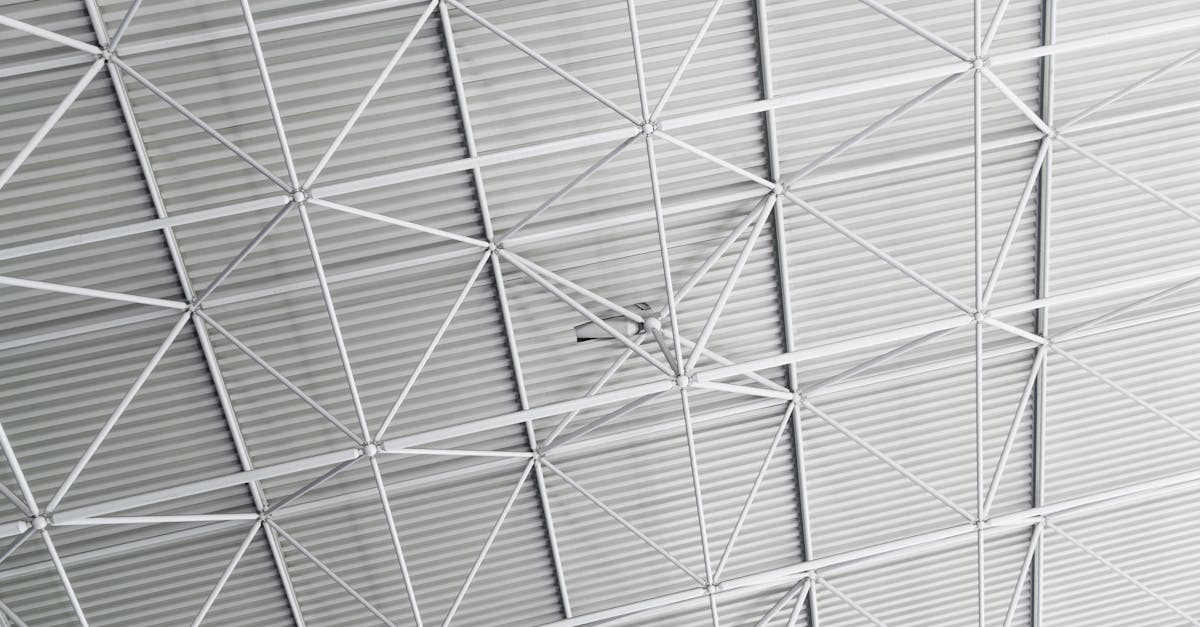Tile For Aluminum Roof Substitution Australia

Table Of Contents
Tile For Aluminum Roof Substitution Australia
When considering home improvements, one of the most impactful changes you can make is to invest in quality roofing. In Sydney, many homeowners are increasingly looking for options that combine durability with aesthetics. Among these options, tile and ceramic materials are becoming popular choices for metal roof replacement, offering an appealing balance of style and functionality. As the demand for innovative and affordable solutions grows, more individuals are turning to Affordable Roof Upgrades Sydney to enhance their properties and increase their market value.
Metal roofing has long been favored for its longevity and energy efficiency, but the emergence of tile and ceramic alternatives now presents homeowners with exciting possibilities. These materials not only provide excellent insulation but also a distinctive look that can elevate the overall design of a home. For residents in Sydney exploring roofing solutions, affordable roof upgrades sydney can offer various choices that suit personal tastes and budgets. As we delve deeper into the merits of tile and ceramic roofing options, it becomes clear why they are at the forefront of modern home improvement trends.
Advantages of Changing to Ceramic Roofs to Aluminum
Changing to ceramic roofing for aluminum brings several benefits for homeowners. A primary benefit is longevity. Metal roofs are recognized for their ability to withstand harsh weather conditions, like heavy rain, snow, and strong winds. Such a durability results into a longer lifespan compared to traditional ceramic options. Additionally, aluminum roofs are lightweight, making installation easier and more cost-effective for homeowners.
An additional pro of changing to aluminum roofing is energy savings. Aluminum roofing reflect sunlight, which can help reduce cooling costs during hot summers. This not only assist to lower energy bills, but they also promote a more comfortable indoor environment. Additionally, many steel roofing options are designed to be environmentally friendly, making a more eco-conscious choice for homeowners looking to improve their home's sustainability.
Reasons Transitioning to Steel Roofing in New South Wales
Transitioning to steel roofs can be a significant choice for property owners in Sydney. The kind of roofing offers enhanced longevity to withstand extreme weather conditions, which is crucial in this climate. Additionally, steel roofs require minimal maintenance, keeping homeowners time and money during the years.
An additional advantage of changing to steel roofing lies in their ability to save energy. Steel roofs bounce back heat effectively, which can help in lowering cooling costs during the hot summer months in Sydney. In addition, metal roofs are eco-friendly, often made from recycled materials and being fully recyclable at the end of their lifespan. This combination of benefits makes this option to transition to steel roofing a smart investment for property owners in the area.
Typical Challenges During Replacing Slate Roofing to Metal
Replacing slate roofs to metal can introduce several challenges for homeowners. A primary challenge involves a weight difference between slate and metal materials. Ceramic roofs are generally heavier, which may require adjustments to the existing roof structure to ensure the roof can support the new material. Moreover, a transition from a roofing type to another often requires compliance with local building codes, which can add difficulties to the project.
An additional typical problem involves a possible for leaks or gaps during the installation process. Steel roofs require precise fitting and sealing to prevent water infiltration, which can lead to issues down the line. Inadequate installation techniques may not only compromise the roof's integrity but also result in higher maintenance costs. In addition, a change in roofing style may also affect the home’s overall aesthetic, prompting residents to evaluate their choices carefully before proceeding.
Ways to Address Challenges of Roof Upgrade
Upgrading a metal roofing after a tiled roof can present various problems. One concern is the stability of the existing framework. Before the installation, it is essential to evaluate the condition of the underlying structure. Recognizing weaknesses in the frame can lead to complications during the replacement process. Making necessary reinforcements can ensure a seamless transition to the new roofing material.
A significant issue that may arise is in regard to the adaptation of the roof's design. Metal roofs can differ greatly in appearance compared to tiled roofs. Homeowners should consider how the new roof will blend with the overall design of their home. Thoughtful planning and consultation with roofing professionals can help in selecting a style that complements the existing structure. Such steps can significantly enhance both the efficiency and appearance of the home.
Understanding Implementation Steps for Ceramic to Aluminum Roof Replacement
Replacing a ceramic roofing for steel is one crucial home improvement endeavor. The fitting process involves detailed organization and a suitable materials. First, a existing roofing must be safely removed, as this ensures a sturdy structure for a new steel roofing.
Following this, a fitting of new steel roofing can start. This process consists of laying the steel panels onto the set system. Proper sealing and fastening are critical to guarantee moisture resistance and longevity. Ultimately, the final inspection takes place necessary to confirm everything is implemented properly.
Guided Explanation of Roof Replacement Process
Switching a tile roof to a steel roof may seem intimidating at first. Yet, by following a guided overview, the process is less complicated. First, it is important to assess the existing tile roof for any damage or weak points. Next, thoughtfully remove the tiles while confirming the underlying structure remains intact.
Once the tiles are removed, placing the metal roofing demands proper preparation of the decking. This step involves adding a moisture barrier to shield the roof from water damage. Then, the metal panels can be attached to the roof structure with the appropriate fasteners. To wrap up, it is vital to ensure all seams are sealed properly to prevent leaks. Finishing the project involves a thorough inspection to confirm everything is installed correctly.